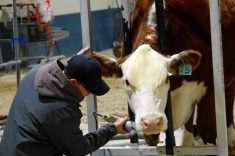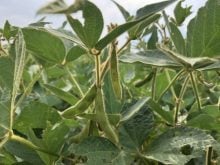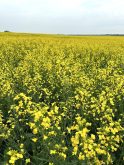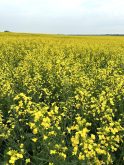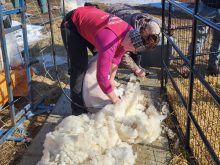Manitoba sheep prices continue to rise, with several cultural and religious observances where lamb is frequently consumed, dominating the spring calendar.
According to Simon Atkinson, Manitoba Sheep board chair and western director, the current prices are also much higher than they’ve been in quite a while.
“We’re, right now, pretty much record highs, similar to the cattle,” he said. “But it’s only been the last couple of months in the sheep business that it’s really hyped up.”
Read Also

Canada’s ‘Harvest for Victory’ in the Second World War
Propaganda posters celebrating farming show the legacy of Canadian agriculture during the Second World War.
There’s been a steady rise in the market since November 2024, with prices expected to hold steady until the end of the spring holiday season.
WHY IT MATTERS: Market price highs are being attributed to low flock numbers as well as seasonal demand, and producers hope the high prices will counteract rising costs of production.
Easter and the Muslim festival of Eid are the two main drivers for the lamb market, pushing the prices high. Easter markets are usually a peak, with customers looking for the premium lambs that are near three months old and about 60 to 70 pounds. This year, the Easter prices are even better than the previous record highs of 2021.
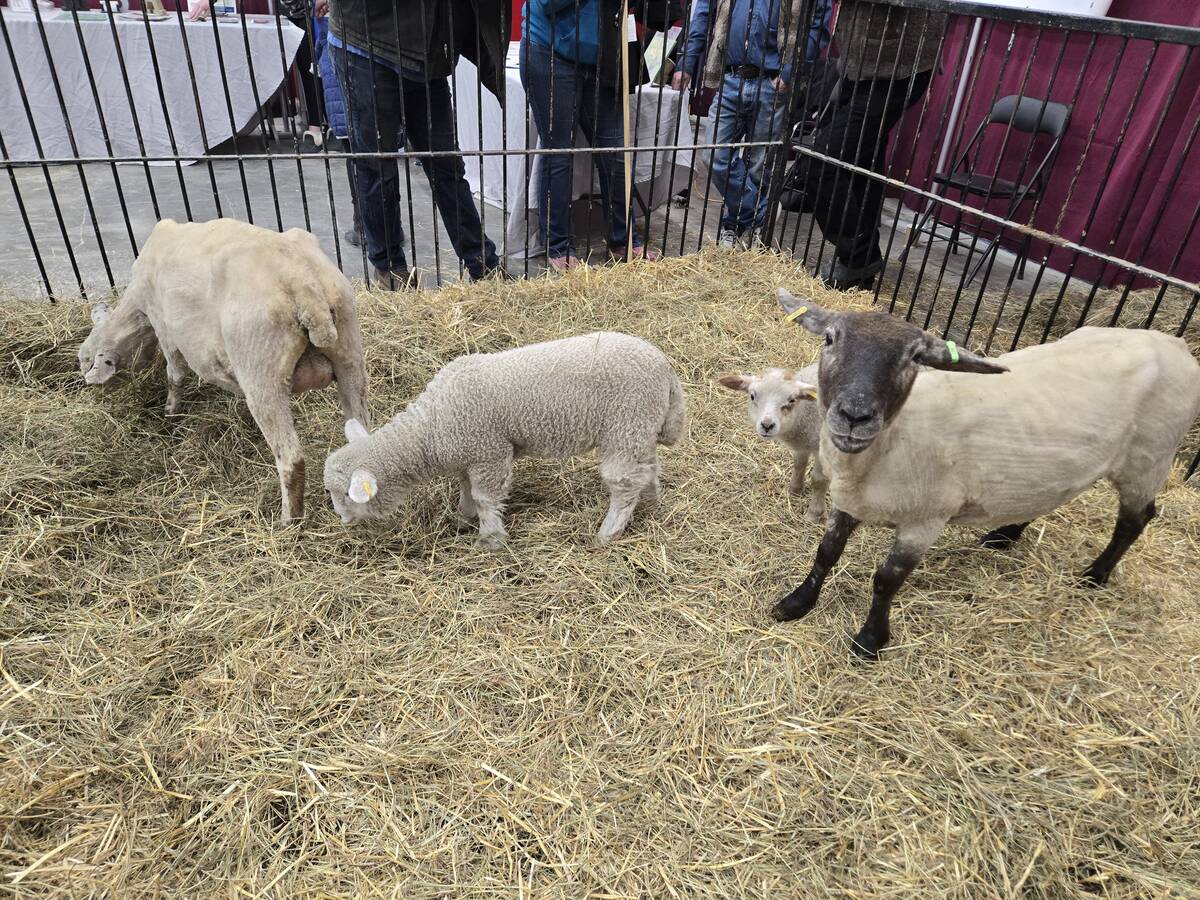
Four years ago, 60 to 80 pound lambs were averaging $371 per hundredweight. Last year, for the same weight group, the average was $295.86/cwt.
The most recent sale in Manitoba was at Winnipeg Livestock Sales on April 2. As of April 4, 60 to 80-lb. lambs were ranging from $385/cwt to $440/cwt.
This spike in prices typically lasts a few weeks, then re-adjusts after the holidays. But Atkinson expects that when things adjust, they’ll still be high.
“There’s a shortage of finished lambs right now, too, (the) heavy lambs,” he said. “So I think going through into the summer here, for sure, we’re going to see a strong market continue.”
The reduction of heavy lambs comes from the low numbers of the Canadian sheep flock, which has significantly decreased in the last few years. In the last year alone, the Canadian sheep flock has decreased by 16,200 head. Manitoba makes up 9.4 per cent of national numbers, with a population of 75,600 head as of January 1, 2025. A slight decrease from 77,700 in 2024, but a large drop from 81,000 in 2023.
Atkinson believes that in Manitoba, contributing factors have been high cattle prices, drought, disease, and predation issues.
If a sheep producer owns a mixed operation, that also has cattle, Atkinson said it’s likely that the producer will sell the sheep to eliminate the hassle. They will focus on the higher priced cattle, particularly in a drought situation.
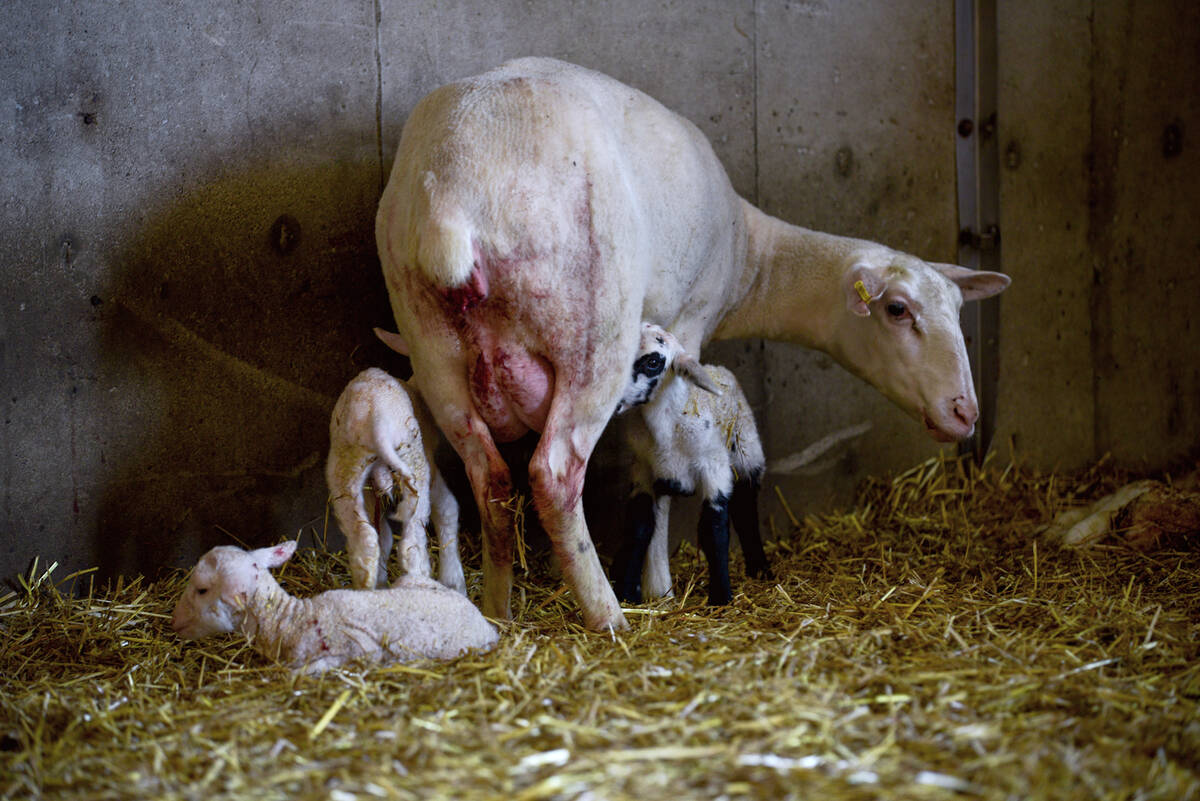
Challenges
Cache Valley virus, a mosquito-borne illness, has hit this year’s lamb crop fairly hard. With Easter being later this year, commercial producers didn’t face huge financial losses, as they were able to capitalize on strong markets as an offset. But lambs born in December and January, such as purebreds, are expected to have much lower numbers this year.
“I’m hearing a lot of producers saying they’ve had a really good lambing since they got past that,” Atkinson said. He also noted the current year’s lamb crop was just beginning to come to market, so it’s too early to say definitively whether there will be further effects to be seen.
A larger issue for producers, and likely what’s pushing many out of the business, is predation. With changes in weather and losses of wildlife habit, coyotes, wolves, large cats, and other predators take what they can. For sheep producers in particular, the loss is high and compensation often isn’t granted.
Predation loss claims are only processed if a carcass can be found. Lambs are nearly never found if taken by a predator. And with large predators, even sheep sometimes aren’t found.
Tariff concerns
Sheep producers don’t expect to be hit as hard by tariffs as other livestock producers, since they don’t export any product. The entirety of Canada’s lamb production makes up just 37 per cent of Canadian lamb consumption. The remaining 63 per cent is imported from countries like New Zealand.

There is some worry when it comes to animal welfare supplies such as medications, minerals, and supplements, and the effect it will have on cost of production. Atkinson said potential cost increases are worrying when the only cost decrease in the last year was on feed — simply because there was a strong hay crop this year.
The other area of concern is if the U.S. tariffs drive down retail prices of beef and pork, and as a result, lamb prices will follow. At this point, it’s hard to predict, he said.
Atkinson hopes that the current market cycle is here to stay, or at least linger for a little while. It would ease some of the worry on cost of production and economic stability for producers. He also pointed out that it just might help get more people into sheep farming.
“Hopefully, we’ll see these stronger prices last for a few years, but one never knows,” he said. “I mean, these prices have definitely put some optimism back into the industry. Producers are a lot more optimistic seeing these prices.”




